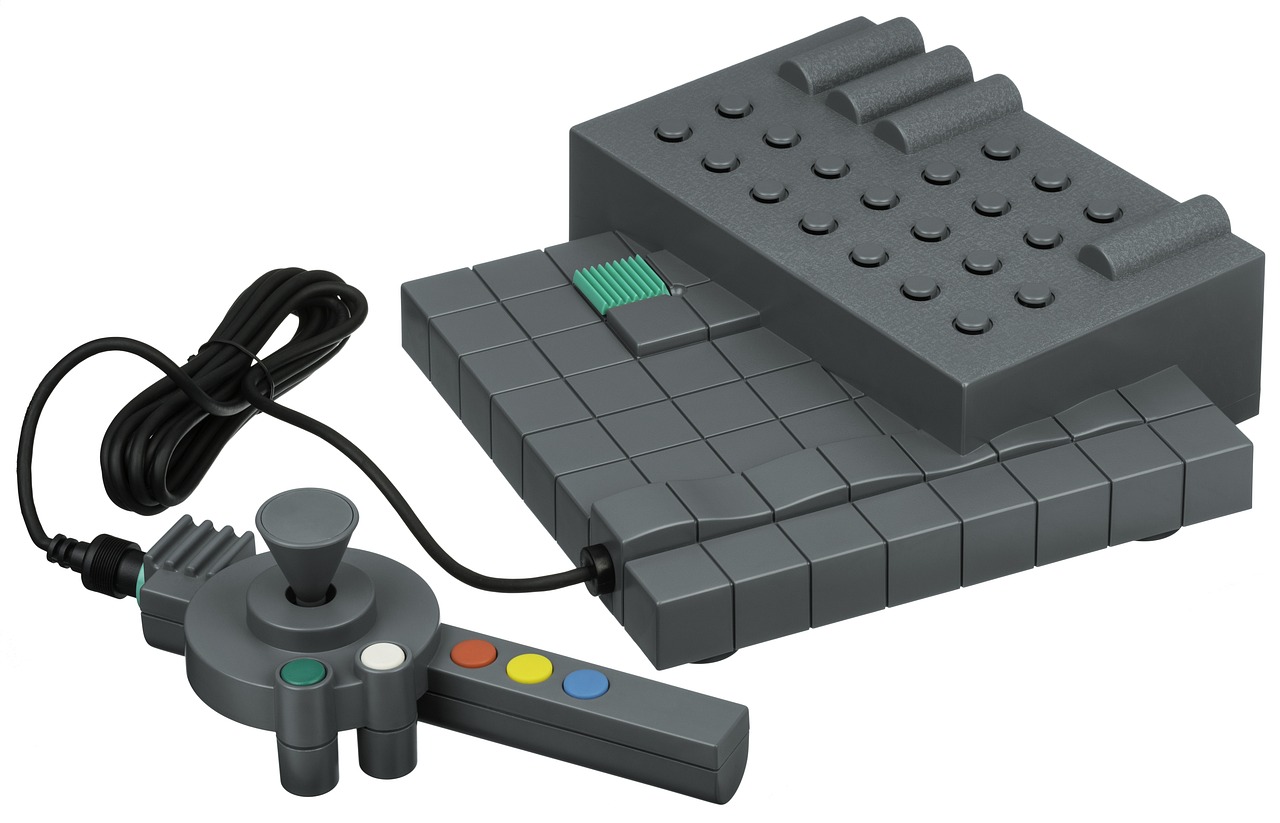Title: Siemens PLC Controller Repair: A Step-by-Step Guide
This is a step-by-step guide to repairing a Siemens PLC controller. The PLC, which stands for Programmable Logic Controller, is a crucial component of many industrial and automation systems. It is responsible for processing and executing commands based on user-defined logic and input signals. When a PLC controller malfunctions or fails, it can affect the entire system's performance and efficiency.In this guide, we will take you through the process of diagnosing and repairing a Siemens PLC controller. We will start by identifying the problem, which may involve inspecting the physical condition of the controller, checking the wiring connections, or monitoring the system's performance. Once the problem has been identified, we will provide a series of troubleshooting steps to help you fix it.These steps may involve changing the programming of the PLC, updating its firmware, or replacing any damaged components. We will also provide some general maintenance tips to help you keep your Siemens PLC controller in good condition and reduce the risk of future problems. By following these steps carefully, you should be able to restore your Siemens PLC controller to its full performance and efficiency.
Introduction
Siemens PLC (Programmable Logic Controller) controllers are widely used in industrial automation systems, providing efficient and reliable control solutions. However, like any other electromechanical device, they may also experience failures or malfunctions that require prompt repair. In this article, we will provide a step-by-step guide to help you with Siemens PLC controller repair, ensuring that your industrial automation system is up and running again in no time.
1、Diagnosis and Troubleshooting

The first step in Siemens PLC controller repair is to identify the problem. Common symptoms of a faulty PLC controller include:
The system fails to respond or responds slowly to input signals.
The output signals are incorrect or inconsistent.
The PLC controller becomes overly hot or emits strange noises.
The system experiences frequent crashes or resets.
Once you have identified the problem, you can proceed to troubleshoot it. This may involve checking the wiring, sensors, and other components to ensure that they are functioning properly. You may also need to review the system's configuration and programming to ensure that it is correct and up-to-date.

2、Disassembly and Inspection
If the diagnosis and troubleshooting steps fail to resolve the problem, you may need to disassemble the PLC controller for further inspection. This process may vary depending on the model and type of PLC controller, but typically involves removing the cover, unscrewing the circuit boards, and inspecting the components for signs of damage or wear.
During disassembly, be sure to take note of the placement of each component and wire, as well as any unique features or markings on the circuit boards. This information will help you when reassembling the PLC controller after the repair is complete.
3、Component Replacement
Once you have identified the faulty component, it is time to replace it. Siemens PLC controllers are designed with replaceable components, making it easy for you to replace them without requiring extensive knowledge of electronics or soldering skills. However, be sure to follow the manufacturer's instructions carefully when replacing components to ensure that you install them correctly and avoid any potential damage to other parts of the system.
4、Testing and Verification

After replacing the faulty component, it is essential to test the PLC controller to ensure that it is functioning properly. This may involve connecting it to a test bench or simulator to validate its input/output signals and processing logic. If possible, it is also advisable to test the PLC controller in its actual industrial environment to ensure that it performs as expected under real-world conditions.
5、Documentation and Record Keeping
Finally, it is important to document the repair process and keep detailed records of any changes made to the system. This information can help you identify any potential issues in the future and provide a basis for future troubleshooting efforts. Additionally, documentation can also help you obtain warranty support from Siemens if needed.
Conclusion
Repairing a Siemens PLC controller can be a challenging but rewarding task. By following this step-by-step guide, you can ensure that your industrial automation system is up and running again in no time while minimizing any potential downtime or production losses caused by a faulty PLC controller.
Articles related to the knowledge points of this article:
Programmable Logic Controllers (PLC): The Heart of Modern Automation
PLC Configuration for Servo Controllers